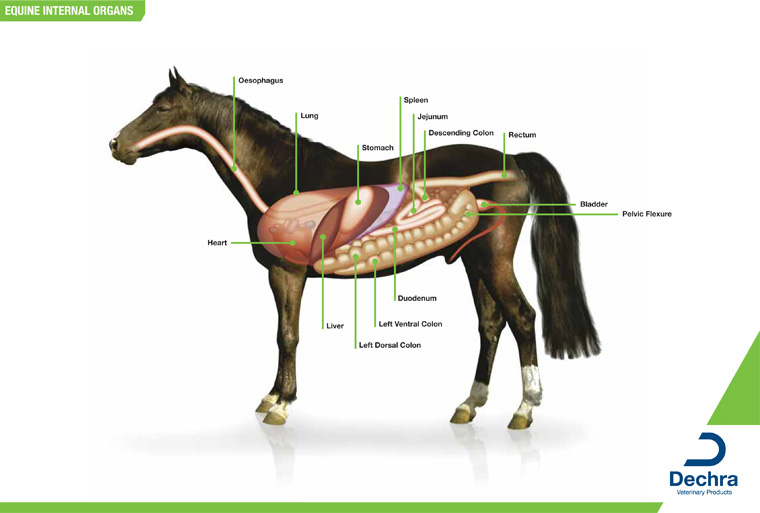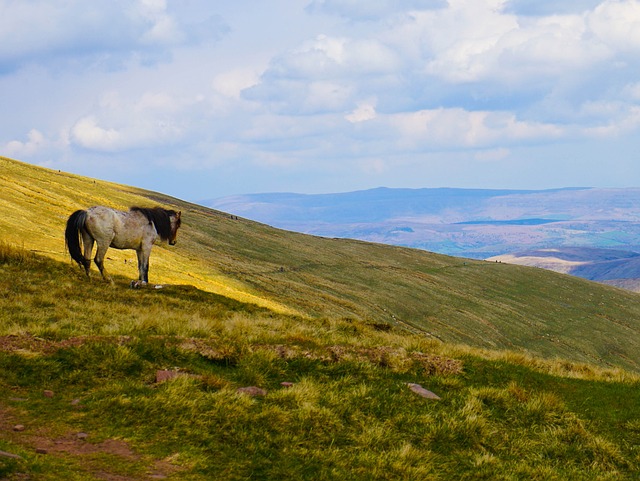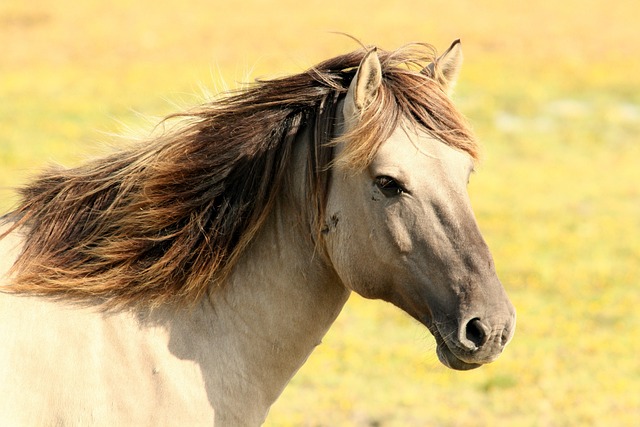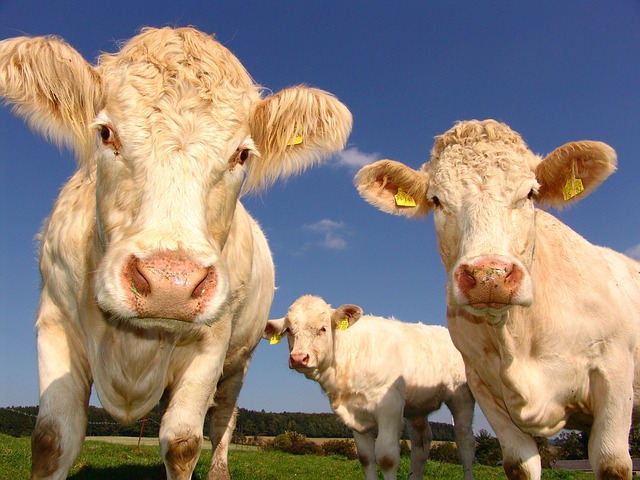Organ anatomy of a horse
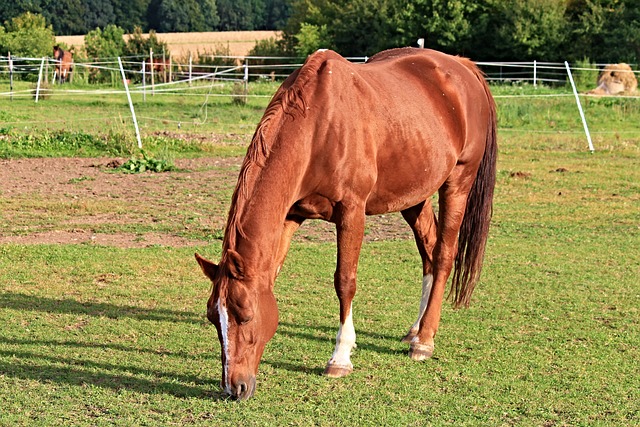
What size paddock is right for my horse?
January 24, 2023
Horse Boots
January 24, 2023
Categories
The anatomy of a horse’s organs is similar to that of a human’s, with a few key differences. Here is an overview of the major organs in a horse’s body:
- Heart: The horse’s heart is located in the chest, behind the sternum and between the lungs. It is a four-chambered organ that pumps blood throughout the body.
- Lungs: The horse’s lungs are located in the chest, on either side of the heart. They are responsible for exchanging oxygen and carbon dioxide as the horse breathes.
- Liver: The liver is located in the abdomen, under the ribcage on the right side. It is responsible for a variety of functions, including filtering toxins from the blood, storing glycogen (a source of energy), and producing bile to aid in digestion.
- Stomach: The horse’s stomach is located in the abdomen, near the bottom of the ribcage on the left side. It is divided into two parts: the non-glandular portion (the squamous part) and the glandular portion (the cardiac part). The non-glandular portion is responsible for grinding food, while the glandular portion produces digestive juices to aid in the digestion process.
- Intestines: The horse’s intestines are located in the abdomen and consist of the small intestine, large intestine, cecum, and rectum. The small intestine absorbs nutrients from food, while the large intestine absorbs water and electrolytes. The cecum is a large, sac-like structure that aids in the digestion of roughage, and the rectum stores feces until it is eliminated through the anus.
- Kidneys: The horse’s kidneys are located in the abdomen, behind the liver and stomach. They are responsible for filtering the blood, regulating electrolyte balance, and producing hormones.
- Bladder: The horse’s bladder is located in the pelvis and stores urine until it is eliminated through the urethra.
- Reproductive organs: The male horse has testicles located in the scrotum, which produce sperm. The female horse has ovaries located in the abdomen, which produce eggs, and a uterus in which the fetus develops during pregnancy.

